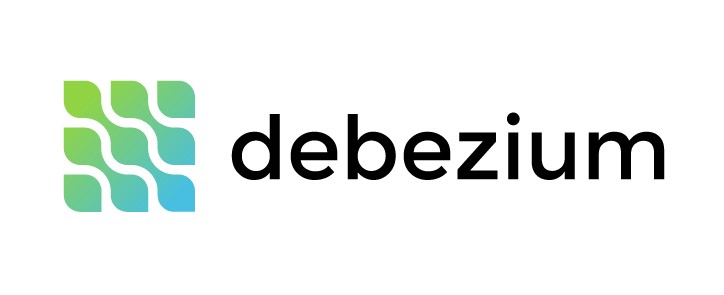Need for Real-Time Consistent Data
Many different databases are used at Adform, each tailored for specific requirements, but what is common for these use cases is the necessity for a consistent interchange of data between these data stores. It’s a tedious task to keep the origin of that data and its copies consistent manually, not to mention that with a sufficiently large number of multiplications the origin may not be the source of truth anymore. The need for having its own copy of data is also dictated by the necessity of loose coupling and performance. It wouldn’t be practical to be constantly impacted by every change made in the source system. The answer here is an event-based architecture which allows to keep every change consistent and provides us with the possibility of restoring the sequence of changes related to particular entities. For those reasons, the decision was made to use the publisher/subscriber model. MongoDB’s change streams saved the day, finally letting us say farewell to much more complex oplog tailing.
Change Streams
As of version 3.6 MongoDB offers change data capture implementation named as change streams. It allows us to follow every modification made to an entire database or chosen set of collections. Previous versions already offered some solution to that problem by means of oplog (operation log) mechanism but tailing it directly had serious drawbacks, especially huge traffic caused by iteration overall changes to all collections and lack of reliable API allowing to resume tracking after any interruption. Change streams solve these issues by hiding oplog’s nook and crannies from us behind refined API interoperable with reactive streams implementations.


